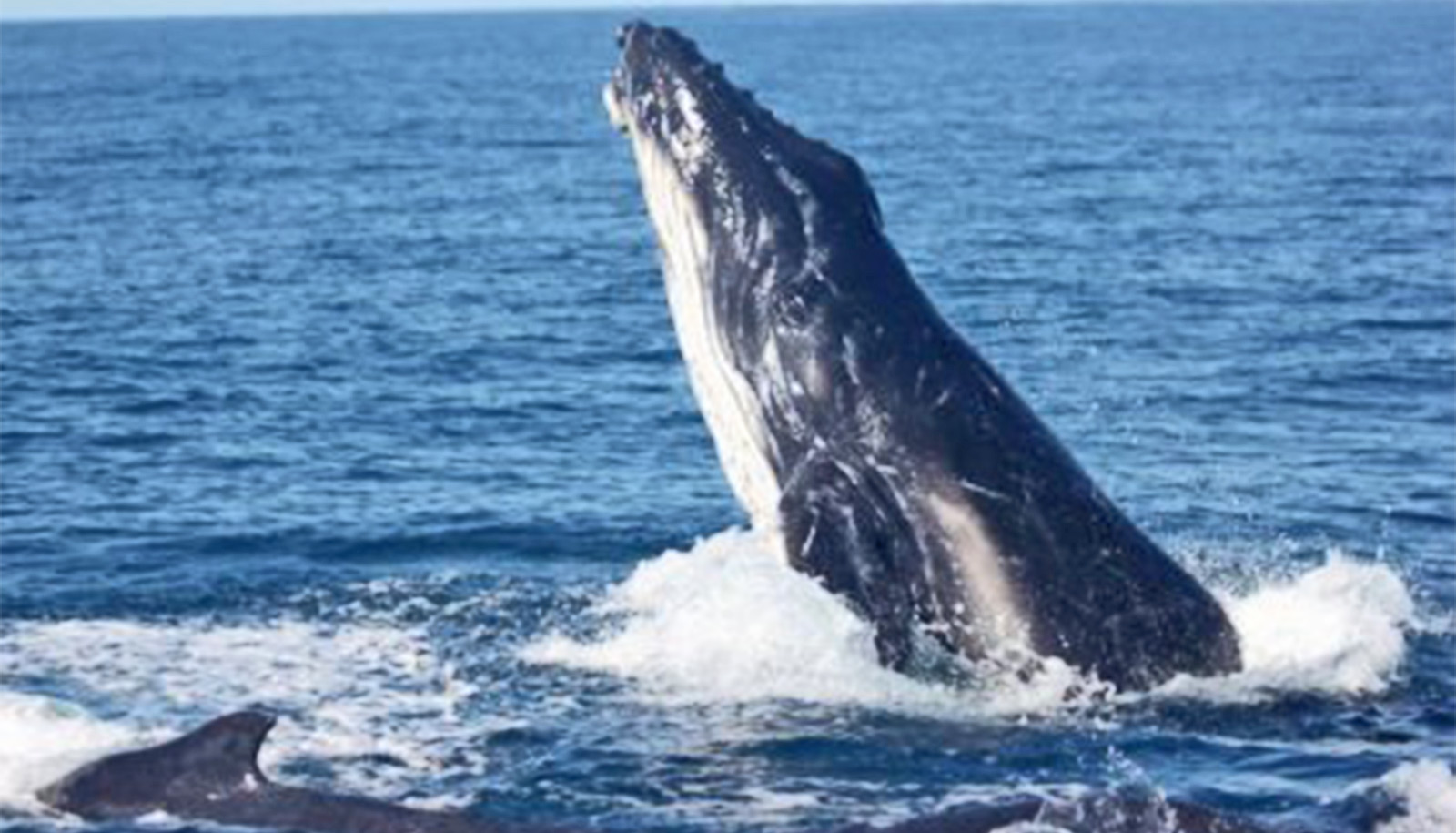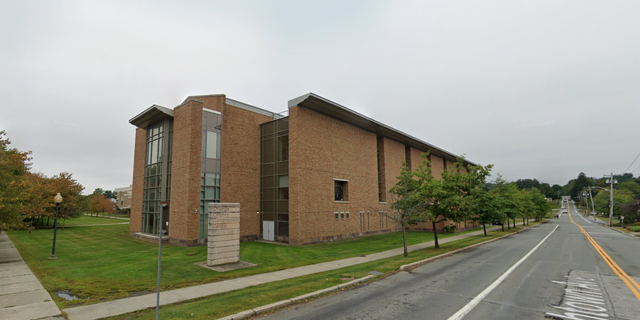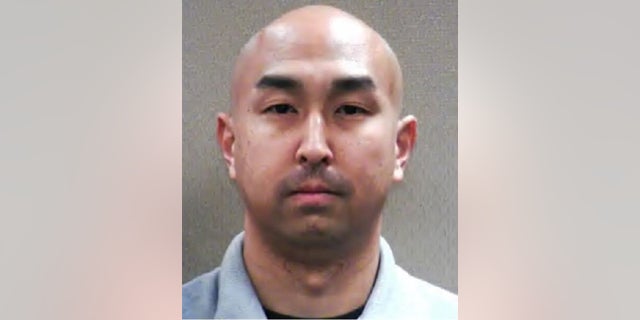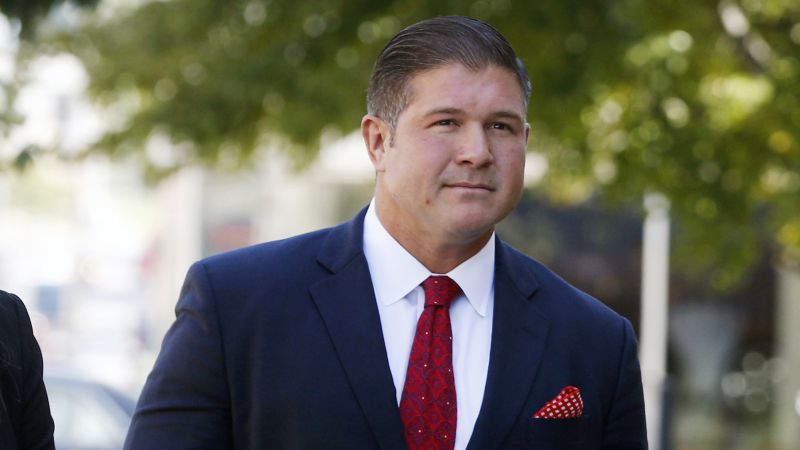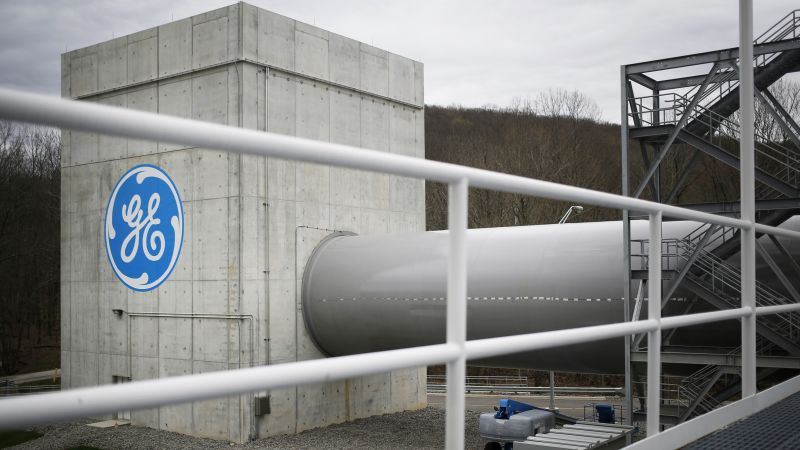A version of this story first appeared in CNN Business’ Before the Bell newsletter. Not a subscriber? You can sign up right here. You can listen to an audio version of the newsletter by clicking the same link.
New York
CNN
—
Better Call Saul, The Colbert Report, Law & Order: SVU — Sometimes a spinoff is just as good as the original.
Wall Street has seemingly taken that lesson to heart. Corporate spinoff activity surged by 33% in 2022 to its second-highest level on record, according to a new analysis by Goldman Sachs.
A spinoff occurs when a company splits off a portion of its business into a separate company. The parent company may distribute the new company’s stock to its shareholders, allowing them to own shares in both.
The new company created through the spinoff operates as a separate entity with its own management team and board of directors, and typically has a different focus or strategy from the parent company.
In a year with a notable lack of merger activity and initial public offerings, US companies announced 44 new spinoffs and completed 20 of them, worth a total of $61 billion.
Expect the bonanza to continue this year, say Goldman analysts. The economic climate that supported spinoff activity last year remains in place: Rising interest rates, peaking profit margins, and below-trend economic growth.
What’s happening: Spinoffs can be beneficial all round, as the spinoff allows the parent to focus on its core operations, while the new company can operate with greater flexibility and focus on its specific business areas.
These so-called SpinCos typically outperform their parents, can drive growth and offer a boost to shareholders during bad years for the stock market. That could explain why even some well-established companies initiated spinoffs last year.
General Electric
(GE) completed its spinoff of GE HealthCare ($26 billion) followed by Intel’s
(INTC) Mobileye ($22 billion). Johnson & Johnson, Kellogg and 3M are expected to create new SpinCos this year.
Trouble in paradise: Spinoffs offer investors the potential for greater flexibility, simplified business models, and focused management teams. Wall Street tends to like that.
Of the 377 spinoff transactions completed since 1999, shares of SpinCos beat those of their parents by a median of four percentage points after their first year, and by seven percentage points over two years, according to Goldman Sachs.
But in the 2022 cycle, while 11 of the 20 spinoffs outperformed the S&P 500 since transaction completion, only six outperformed their parent entities.
So what’s going on? Blame lower profit margins, says Goldman. These smaller, newly formed companies are still in the process of establishing themselves in the market and often have lower profit margins than their parent company. Typically, that’s an acceptable tradeoff by investors if the company has strong long-term growth potential.
But not in this environment. It costs a lot to borrow these days and investors are looking for high profits and value stocks, writes Goldman.
So will this year’s SpinCos be more of a Joanie Loves Chachi than a Frasier? It all depends on how much profit they can deliver.
Stocks sank on Thursday as Federal Reserve officials spread their “higher for longer” interest rate gospel and even opened the door to a half-point rate hike at the Fed’s March meeting, rather than the quarter point that investors have been expecting.
The distressing talk comes on the heels of a week of very strong economic data — retail sales and employment data both came in white hot, highlighting the strength of the economy, while inflation numbers showed that prices were accelerating faster than expected.
▸ “My overall judgment is it will be a long battle against inflation, and we’ll probably have to continue to show inflation-fighting resolve as we go through 2023,” Federal Reserve Bank of St. Louis President James Bullard told reporters in Jackson, Tennessee, on Thursday.
Bullard said he had pushed for a half-point increase at the central bank’s most recent two-day meeting, which concluded in early February. “I have argued consistently for front-loading of monetary policy,” he said. “I think we could have continued that at this past meeting.”
▸ Cleveland Fed President Loretta Mester said on Thursday that the central bank would need to bring its fund rate above 5% and keep it there. “Setting aside what financial market participants expected us to do, I saw a compelling economic case for a 50 basis-point increase, which would have brought the top of the target range to 5%,” she said at an event in Florida.
The US Congressional Budget Office released updated budget and economic projections this week, and they weren’t pretty.
If spending continues on its current path, the US national debt will reach its highest point in history within the next decade, the report found. It also projected that annual budget deficits will rise over the next 10 years, from an expected $1.6 trillion in 2024 to $2.9 trillion in 2033.
Those deficits come with a big caveat: The United States has to pay interest for borrowing the money — and the CBO expects that interest costs will nearly triple over the next 10 years. The Federal Reserve’s interest rate hikes have added significantly to the cost of government debt. In just 19 months, America’s projected 10-year total interest costs rose by a massive 93%.
“As we add trillion after trillion to our debt, the problem only gets worse and compounds. Our national debt relative to the size of our economy is set to reach an all-time high in 2028,” said Michael A. Peterson, CEO of the Peter G. Peterson Foundation in a statement.
The debt ceiling debate, meanwhile, still rages in Congress.

